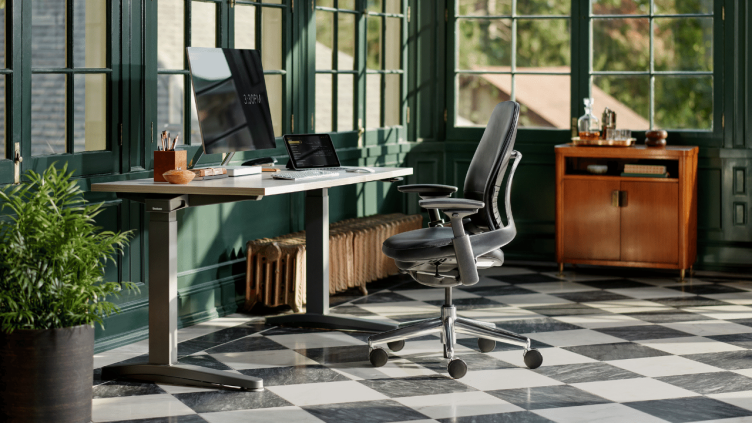It’s hard to find good help these days – especially when employees are leaving in droves.
Nicknamed “The Great Resignation,” the hiring crisis has wreaked havoc in the world economy. Those deemed “indispensable” by their employers have capitalized on the opportunity, and those who don’t feel valued leave as soon as they can.
Research has shown that 41% of the global workforce is likely to consider leaving their current employer in the next year, according to Microsoft data (Steelcase, 2021). So what can your organization do to not only retain your employees, but encourage them to stay for a long time?
Implementing Hybrid Work
“Hybrid work” is a broad term for a work style in which employers are flexible about how and where employees perform their job duties. Shifts to hybrid work strategies have become the norm for many organizations in the last few years, and much of this was due to the COVID-19 pandemic.
More companies have seen the benefits of a hybrid work strategy to accommodate employees and have made hybrid work a permanent part of their workplace policy.
The Problem: Companies are slow to adapt to the changing nature of the world economy and how people work.
The Solution: Implementing a hybrid approach to work is crucial for all organizations in the event of significant upsets to normal work routines such as sickness and other issues.
Accommodating Remote Workers
If the world has learned anything in the past few years, it’s that every organization should be able to provide a way for employees to work both on-site and off-site. If employees are sick but feel well enough to work, they should be able to log into their home computer and perform their duties the same as if they were in the office.
There are some popular strategies that have been implemented throughout every industry, including the “3-2” and “2-3” models (Steelcase, 2021). Basically, these on-site/off-site arrangements allow workers to work from home two or three days a week, and the remaining days work in the office.
Not every company can fully utilize remote work strategies due to the nature of their jobs (e.g., dock workers in a trucking company must be on-site to perform their duties), but those whose jobs are primarily in an office environment generally have more flexibility to work from home.
Problem: Organizations have not adequately accommodated remote office employees by providing the technology or equipment needed to work off-site.
Solution: Implement a remote work environment both on-site and off-site so that employees can be just as productive from anywhere. McCartney’s can help with this problem by offering remote working products such as webcams at a lower cost than big-box retailers.
Creating A Productive and Engaging Work Environment
Employees do their best work when they are comfortable, relaxed, and focused on the task at hand. Many companies have realized the importance of a hybrid work strategy, but when employees are actually working on site are they able to do their best?
Issues such as noisy work environments, technology issues, uncomfortable furniture, and other factors contribute to employee stress levels. These problems, if left unchecked, can wreak havoc on an employee’s productivity.
Consider investing in your employees’ immediate work environment. Supply your employees with ergonomic chairs and desks, provide adequate space and equipment for conversation and idea sharing, etc.
The Problem: Workplace distractions and poor technology lead to employee frustration and diminished productivity.
The Solution: Call McCartney’s at (814) 944-8139 – we can help! We specialize in these issues, and we’ll even provide a free consultation to help your team optimize productivity. Our wide selection of office equipment, supplies, and furniture will help reduce employee turnover and make your company a better place to work.


